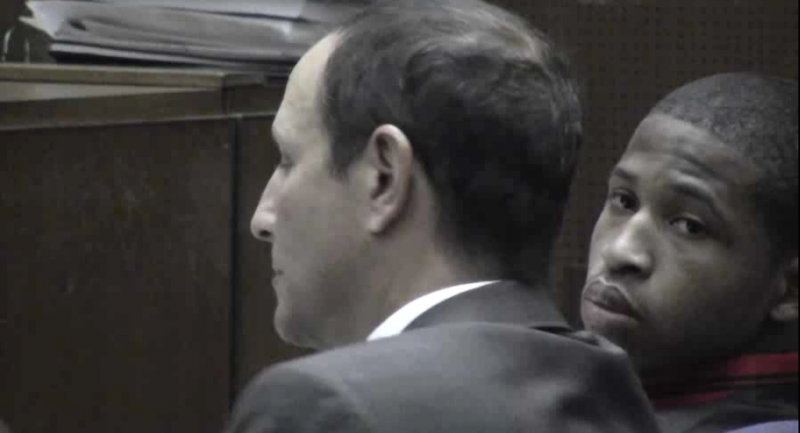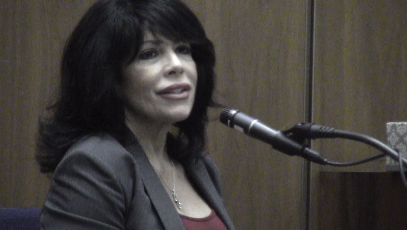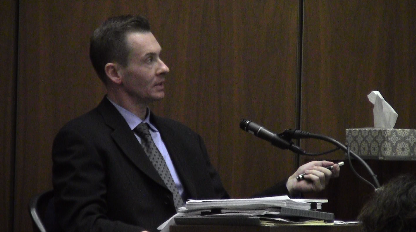Testimony Continues in Bolden Double Murder Trial
Coverage courtesy of Neon Tommy's Rebecca Gibian.

What connections do these two events have?
That seems to be the point the prosecutor is trying to make on the third day of Javier Bolden’s trial, who is facing charges of first degree murder, attempted murder, and assault with a firearm.
SEE ALSO: Two USC Students Killed In Apparent Carjacking Attempt
Bolden is accused of murdering two 23-year-old USC graduate students, Ming Qu and Ying Wu, while they sat in a parked car in a neighborhood near campus.
Though only halfway through today’s trial, Deputy District Attorney Dan Akemo has brought forward multiple witnesses to testify about phone records that show Bolden receiving a call.

Stefano Bowe, the third witness called to the stand, works at Track Phone. He brought with him the company records that linked Bolden to a specific phone number that received a call early on April 11.
Luisa Aznaraez, an AT&T retail sales manager for the the past eight years, and Ronald Witt, a senior specialist in the law enforcement group for T-Mobile, separately took the stand to explain that cell phones each have a unique code. Once a number is set up with a specific person, each call from that phone is recorded. The records show a location based off the closest cellular tower.
SEE ALSO: Javier Bolden's Mom: 'My Son Didn't Kill Nobody'

Before the judge called for a break in the trial, Hansen explained that cell phone towers are broken into sectors. CAST uses information from the cell phone companies—records, tower lists —and a specific software to measure the size of the cell site sector. This allows the team to pinpoint the location of a person during a particular phone call.
When the trial returns, Hansen will retake the stand.
Check back later today for a full report of Wednesday’s trial.
Reach Senior News Editor Rebecca Gibian or follow her on Twitter here.










